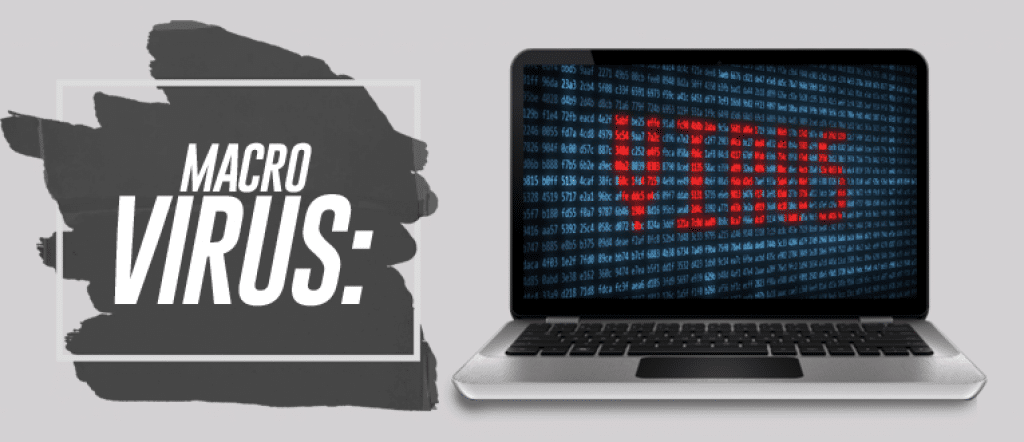What is a Macro Virus?
A macro virus is a malicious program that can be embedded into a particular software application, such as a word document or spreadsheet application.
Microsoft Office programs, such as Word and Excel, are common targets of macro viruses, which have existed for more than 20 years.
How do they work?
For years, many computer applications automatically enabled macros by default.
Macros are shortcuts that allow specific processes to be repeated; computer users can create or “record” their own macros to automate these tasks.
The threat occurs when hackers create their own macro codes in order to commit a malicious act.
These malicious codes could be hidden inside documents.
According to Kaspersky Lab, Microsoft decided to disable macros by default in Microsoft Office products after Office 2000 was introduced.
But that doesn’t mean macro viruses aren’t a threat today; in fact, they seem to have made a come-back in recent years.
Macro viruses may infect a program and force a series of actions to occur once the application is started, or when some other action triggers the sequence.
Macro viruses could be sent through email attachments or even in codes that are downloaded when a victim clicks on a scammer’s phishing link or website.
Security experts suggest macro viruses can duplicate themselves, thereby making it easier to infect other computers.
Some malicious macro viruses may target the files on your hard drive, deleting them from existence.
One effective macro virus, the Melissa virus, hit computers in 1999.
It worked by being distributed through a Microsoft Word document.
When the infected document was activated with Microsoft Word 97 or Word 2000, the virus would automatically grab the first 50 contacts in a computer’s address book.
It would then send a copy of the malicious Word document to those emails.
Those who received the email would then open the document, and the cycle would begin again.
It led to a substantial increase in junk mail and slowed email servers.
Other macro viruses may be less dangerous, in theory: the Wazzu virus that infected Word files would simply move words around inside of a document.
Most of all, this particular form of a macro virus is annoying, at the least.
Macro viruses can target both Windows and Mac systems with the same malicious code.
How do I get rid of a macro virus?
Look for security software specifically designed to target macro viruses both through detection and removal.
Most popular anti-virus software are now capable of not only finding macro viruses, but also in removing them.
Keep the software active and updated, and perform scheduled scans to help clean up any documents that might be infected by a macro virus.
If you use Microsoft Office and have unusual performance issues, you may need to “repair” the software.
Ask a computer professional or contact Microsoft for instructions on doing so.
Microsoft.com also provides instructions on how to removal macro viruses in Excel and Word manually.[/vc_column_text][/vc_column][/vc_row]

